As the 60th anniversary of Doctor Who approaches, Michael Alexander speaks to the curator of a new exhibition that explores the science of the sci-fi show and the secrets behind its long running success.
When Jodie Whittaker’s 13th Time Lord regenerated into David Tennant in the dramatic conclusion of Doctor Who’s recently aired BBC centenary special, there could hardly have been anyone with a bigger smile on his face than my teenage son.
Grey hairs aside, it reminded me that the age of Doctor Who fans can often be gauged by the Time Lord they describe as “their” Doctor.
In my case, it was the fourth Doctor Tom Baker who made an impact on me towards the end of his seven series run (1974-1981).
For my son, it was David Tennant’s 10th Doctor (2005-2010) that captured his imagination when he first started watching as a three-year-old.
Whereas I’m still the proud owner of a Doctor Who figurine from the Tom Baker era, my son has had a toy TARDIS on his bookshelf for years complete with a freshly relevant scale-model of David Tennant peeking out from the police box!
But with Doctor Who fans now having to wait until November 2023 to see the show’s 60th anniversary specials featuring Tennant and Catherine Tate – closely followed by Ncuti Gatwa’s first full episode as the 15th Doctor over the festive season in 2023 – what is the secret of the show’s enduring success?
What can Doctor Who teach us about real science?
A new exhibition, which opened at the National Museum of Scotland in Edinburgh on December 9, explores the science behind the global hit TV series and aims to give fans a chance to experience the Doctor’s adventures from a scientific perspective.
Doctor Who Worlds of Wonder, which runs until May 1, invites fans of all ages to explore the role science has played in the world’s longest running action-adventure show.
A TARDIS – used by Jodie Whittaker – is just one of a host of real props from the series that feature in the exhibition.
Visitors will also come face to face with the Doctor’s most famous foes in the Monster Vault, including Cybermen, Weeping Angels and Daleks.
Produced by leading experiential design experts Sarner International under license from BBC Studios, the eight zones set within this educational exhibition cover a diverse selection of scientific topics while drawing in content from across the full canon of Doctor Who.
A range of hands-on immersive experiences and interactive features take visitors on a journey through Cosmic Curiosities, a TARDIS Tech room and the science behind time travel asking whether it really is possible.
Actor, director and author Mark Gatiss – writer of several episodes of Doctor Who – narrates the exhibition, guiding this journey through space and time.
Curator’s ‘lifelong addiction’ to the show
One man who’s had his own lifelong love affair with Doctor Who is the exhibition’s writer and curator Steve Swaby.
He’s worked in the museums and heritage sector for about 20 years and in publishing too where he’s primarily worked as a writer.
But having helped launch Doctor Who Worlds of Wonder in Liverpool last May and now bringing it to Edinburgh ahead of a five year international tour, he describes it as one of those “lovely occasions” where a personal passion of his – Doctor Who – has coincided with what he does for a living.
“Doctor Who is like a lifelong addiction to me!” he tells The Courier.
“I was three-years-old in 1973 when I first saw Jon Pertwee (the third Doctor, 1970-74) on TV!
“I was just hooked from childhood really.
“I remember always getting the lounge to myself because my family had no interest in Doctor Who.
“Everybody else cleared out and I basically ruled the roost in there for half an hour every Saturday evening before the Generation Game!
“I used to absolutely love it.
“But I followed it right through to the mid-‘80s and then obviously when the show came back again with Christopher Eccleston (the ninth Doctor) in 2005, I sort of reconnected with it!”
Who’s your favourite Doctor?
Steve says that if push comes to shove, he’d say Tom Baker remains his favourite Doctor.
Having played the role for so long, Baker, with his booming voice and flowing scarf, came to dominate his childhood as the Time Lord.
Now that Steve’s got two children of his own, however – two daughters aged seven and 10 – he’s enjoyed going through a “second cycle” of his relationship with the show.
While his youngest daughter has got “absolutely zero interest” in the old episodes, his eldest daughter loves it and they’ve been watching some of the black and white ones together featuring William Hartnell, who played the first incarnation from 1963-66.
Looking back at some of the older episodes, the old clichés about TV viewers “hiding behind the sofa” and wobbly sets come to mind.
Yet it wasn’t all just fantasy and escapism. Many of the early storylines were very powerful exploring “real world” concepts and issues that had never been seen on television before.
It’s this relationship between the programme and science that the exhibition was keen to explore from the word go.
Format of the exhibition
Sarner International, who Steve worked with, co-developed the Doctor Who Experience for the BBC some years ago.
That ran successfully for a long time in London and Cardiff.
With the BBC keen to do something else that didn’t repeat what they’d done already, the idea of a more educational exhibition came to mind connected to real topics such as natural history and science.
Preparations were slowed down due to the impact of Covid-19.
However, with renewed interest in Doctor Who and the 60th anniversary of the series being marked in 2023, the timing for Edinburgh could hardly be better.
“We’ve split the exhibition broadly between two areas,” says Steve.
“The cosmic science that looks at space and time travel and gadgetry and things like that.
“The second half of the exhibition focuses more on life sciences – biology, in particular how natural history and the natural world inspired so many creative designs and ideas for monsters in Doctor Who right from day one really.
“There’s an awful lot of topics to come out of these two sections.
“We’ve split it across seven or eight different zones. You get different topics in each zones, or we’re supported by props and in some cases clips from the show as well.
“We wanted to give it a light touch and also not assume that everybody that comes along to the show has got a detailed knowledge of Doctor Who.
“It’s hopefully quite accessible to a broad audience really.
“The feedback we’ve had from Liverpool so far is really really encouraging.
“Family members that weren’t necessarily that into the show itself found it really interesting too, and obviously for fans there’s lots of Easter eggs and stuff referencing more obscure episodes from years ago.
“I was pretty determined to take in the entirety of the show’s history and not just focus on the new era.”
Importance of Doctor Who props
Steve says that one of the exhibition’s strongest selling points is the props.
He laughs that he was “like a kid in a sweet shop” when he gained access to the BBC storeroom.
Mindful of limited gallery space, items selected include never-before-exhibited props from the last season with Jodie Whitaker, including an exterior TARDIS which will remain firmly locked!
There’s also some really iconic pieces like the replica of the original TARDIS console that was created for the 50th anniversary as well as Daleks, Cybermen and Weeping Angels costumes that were actually used in episodes.
Steve wanted to try and dig out a few things that hadn’t been seen that often including lesser-known monsters that deserve credit for their amazing designs.
Some items selected needed TLC.
For example, the Face of Boe – a giant alien face that appeared in a David Tennant episode – needed a good makeover, as did a giant robot that appeared in the very first Tom Baker episode.
Based on his childhood experiences, however, Steve says his favourite monster exhibit has to be the Cybermen.
“I think this is because what they stand for is so incredibly chilling,” he says, “and I love the way they’ve managed to redesign them over the years but stay true to the original concept.
“That’s a great example of the show using real science in the ‘60s, where they had an expert scientist brought in to work with a script editor.
“One of the things he was looking at was cybernetics and prosthetic limbs and taking that to its logical limit.
“What happens if we completely upgrade ourselves into a completely robotic cyborg being?
“Do you lose your humanity as a result of that?
“Obviously in the Cybermen’s case the answer is yes!”
Retaining the show’s sense of humour as well as the scary stuff and a sense of inclusivity, it includes contributions from several real-life scientists and designers who’ve been Doctor Who fans since childhood and been inspired.
People like British space scientist Margaret Ebunoluwa Aderin-Pocock MBE and also British theoretical physicist Clifford Victor Johnson who worked as a science consultant on the Marvel films.
Unsung Doctor Who heroes like former visual effects assistant Mike Tucker also contribute as does former visual effects designer Mat Irvine.
Spiritual home of Scotland?
Of course, Doctor Who has strong Scottish connections.
To date three Scots have played the role of the Doctor – Sylvester McCoy, David Tennant and Peter Capaldi with a fourth, Ncuti Gatwa who went to school in Dunfermline, recently announced as the new Doctor.
Other Scottish cast members have included companions Frazer Hines, Karen Gillan and Neve McIntosh as well as Michelle Gomez as Missy (The Master), with Tayside’s Alan Cumming having also appeared recently as King James VI & I.
Scottish character actors in the show have included Bill Paterson, Tony Curran and the late Aberdeen-born Michael Sheard (who played Mr Bronson in Grange Hill).
Another Scot, Steven Moffat, was showrunner from 2008 to 2017.
Meanwhile, a number of stories have been set in Scotland over the years, including the fourth Doctor meeting the Loch Ness monster.
“I think there’s a very strong case to say that Scotland is Doctor Who’s spiritual home!” laughs Steve.
Steve was as surprised as anyone when Jodie Whittaker regenerated into David Tennant at the end of The Power of the Doctor.
“I try to avoid all these fans forums and spoilers these days because I like to be surprised,” says Steve, “so I try not to read anything at all where possible.
“That was a nice surprise and it’s exciting not to know quite where it’s going to go. I thought that was a very clever twist!”
Wearing his fans hat, Steve is “always excited” about the arrival of a new Doctor Who.
However, when people get attached to a certain actor, there’s always a little bit of trepidation too.
Steve remembers being “crest fallen” as an 11-year-old when Tom Baker finally left.
He laughs when he recalls a friend who told him that when William Hartnell changed into Patrick Troughton back in the ‘60s, the then 10-year-old felt “betrayed” and just stopped watching.
Secret of success?
Overall, however, it’s the “uniqueness” of the show that accounts for its long running success.
“It’s certainly the longest running sci-fi show in the history of the world,” adds Steve.
“It’s obviously doing something right.
“I think even in the years when it was off air, it had such a passionate fan-base they kept it going with books and spin offs and things.
“I think the show itself, the reason it’s so successful is it has that ability to regenerate, to change.
“It keeps those fundamental ingredients still in place.
“I think because you can renew the doctor every few years and the companions, and you have a set up that can go anywhere in time and space, the ideas for the stories should be limitless really.”
Where and when to see the exhibition
Doctor Who Worlds of Wonder opened on December 9 and runs at the National Museum of Scotland in Edinburgh until May 1.
Tickets are available in advance from www.nms.ac.uk/doctorwho
General admission: Adult £12-£16.50; over-60s £11-£11.50; student, unemployed, disabled, Young Scot £10-£14.50; child 5-15 £8-£12.50; under 5s and National Museums Scotland members are free.



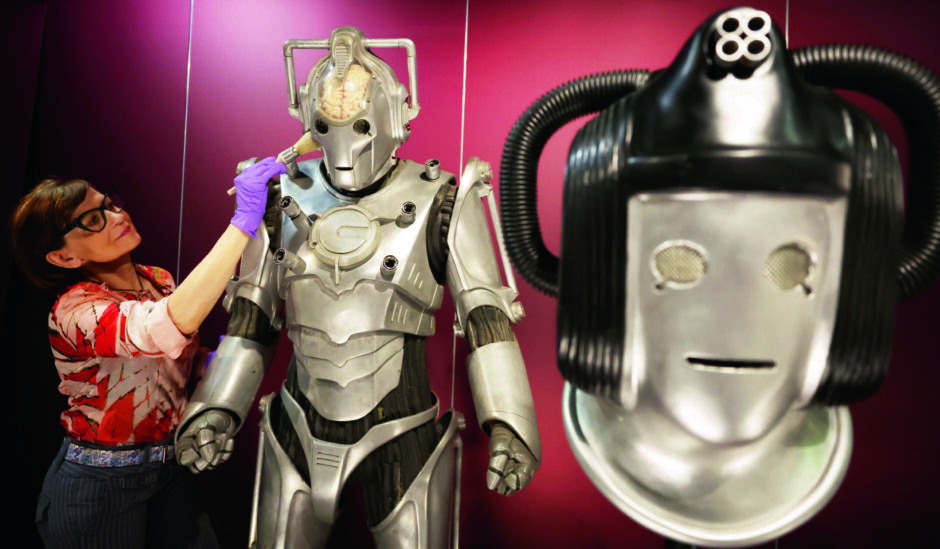




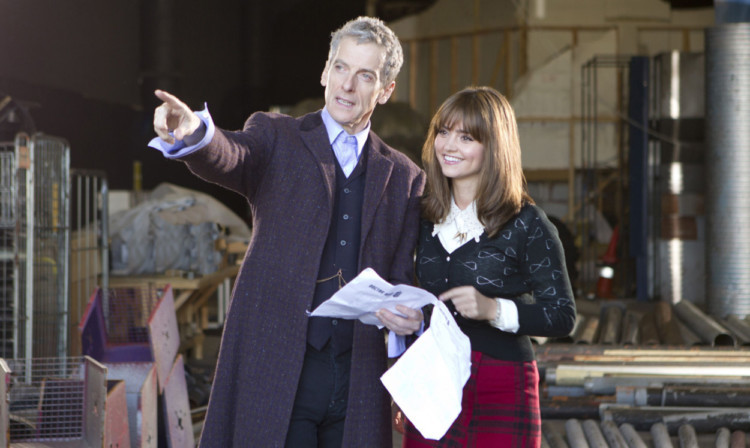


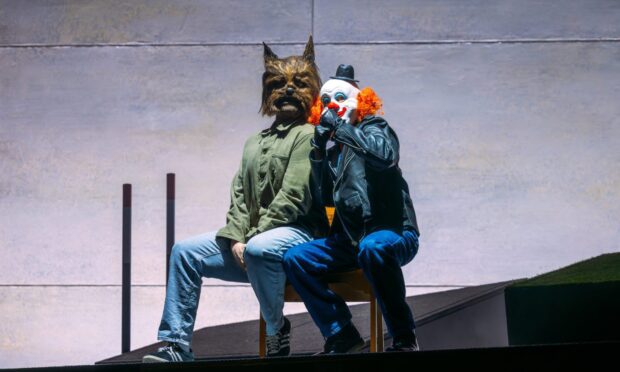
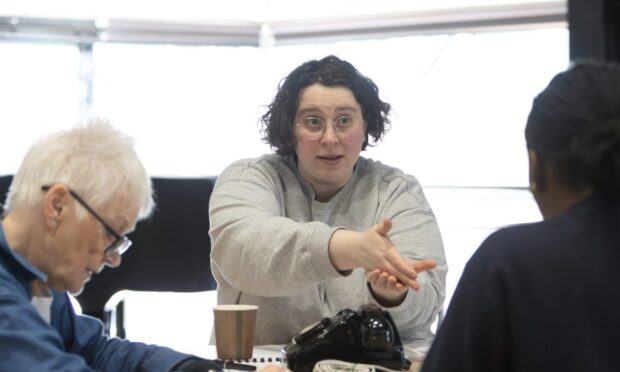
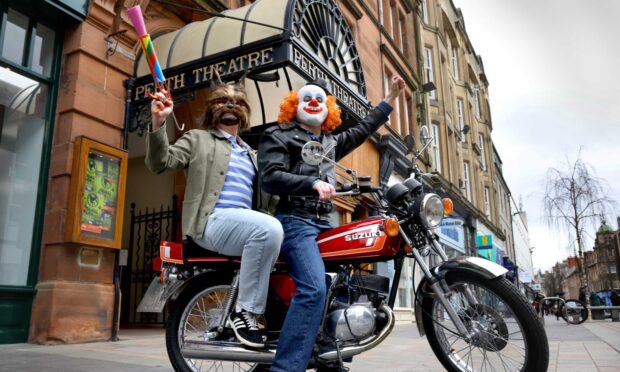
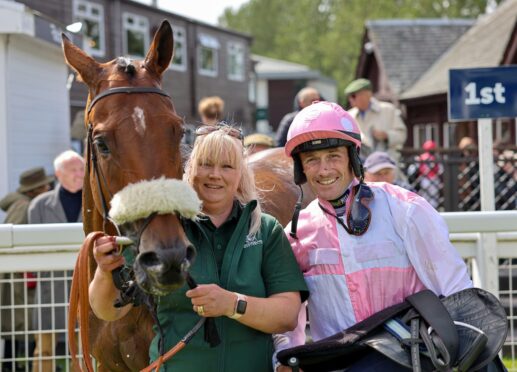
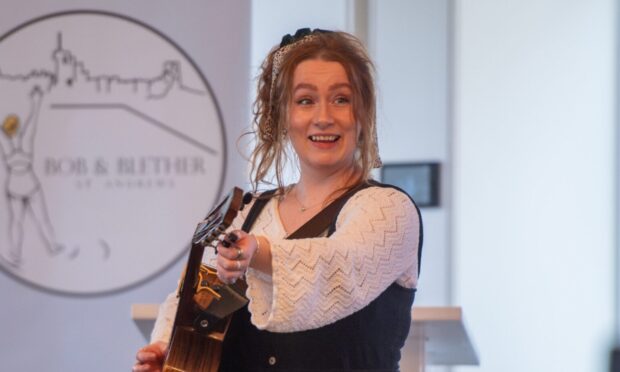
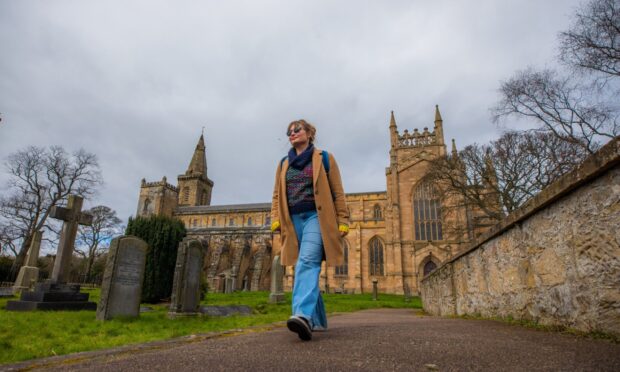
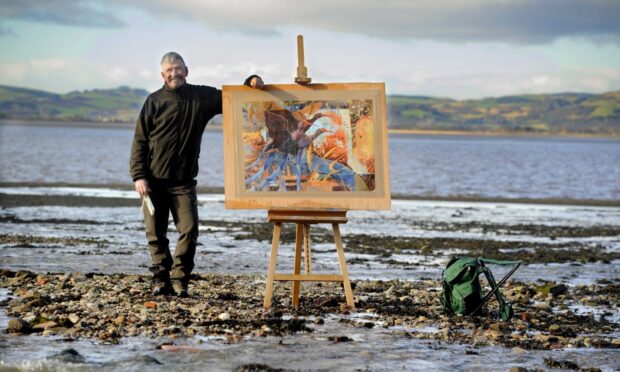

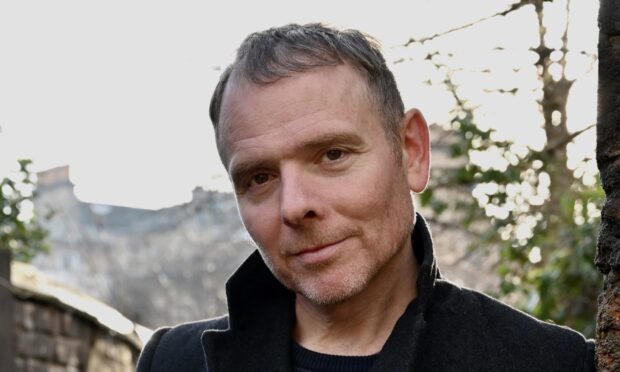
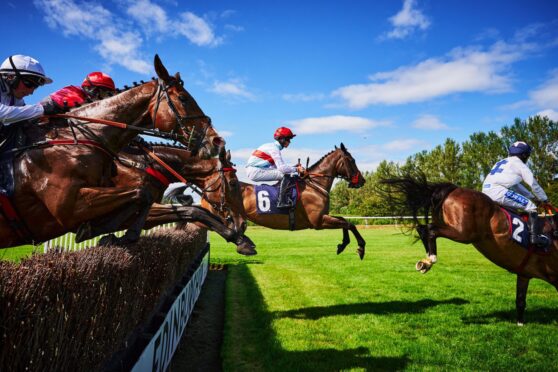
Conversation